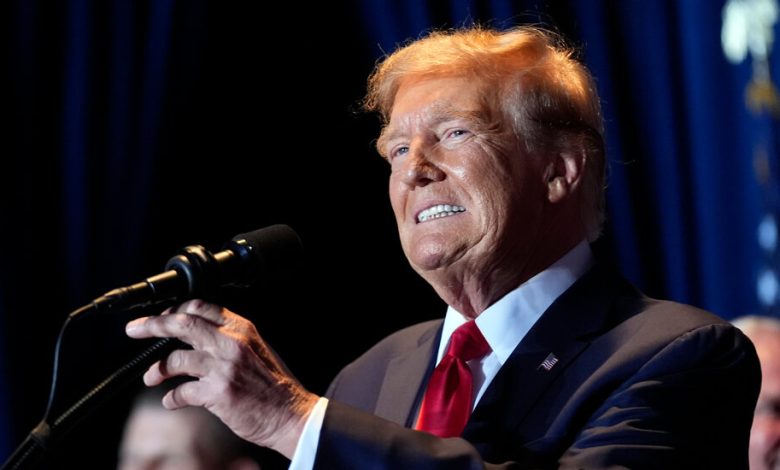Three Theories for Why Trump’s Primary Results Are Not Matching Expectations


Donald Trump at his election night party Saturday in South Carolina.Credit…Andrew Harnik/Associated Press
It’s still early in the primary season, but a whiff of a possible polling error is already in the air.
That’s because Donald J. Trump has underperformed the polls in each of the first three contests.
-
In Iowa, the final FiveThirtyEight polling average showed Mr. Trump leading Nikki Haley by 34 points with a 53 percent share. He ultimately beat her by 32 points with 51 percent. (Ron DeSantis took second.)
-
In New Hampshire, he led by 18 points with 54 percent. In the end, he won by 11 points with 54 percent.
-
In South Carolina, Mr. Trump led by 28 points with 62 percent. He ultimately won by 20 points with 60 percent.
In the scheme of primary polls, these aren’t especially large misses. In fact, they’re more accurate than average.
But with Mr. Trump faring well in early general election polls against President Biden, even a modest Trump underperformance in the polls is worth some attention.
So what’s going on? We can’t say anything definitive based on the data at our disposal, but three theories are worth considering.
One of them, described at the bottom, seems especially plausible and consistent with something we’ve written about before: Anti-Trump voters are highly motivated to turn out this cycle. It wouldn’t mean the polls will be wrong in November, but it would be good news for Democrats nonetheless.
Theory No. 1: Undecided voters
One simple explanation is that undecided voters ultimately backed Ms. Haley, the former South Carolina governor.




